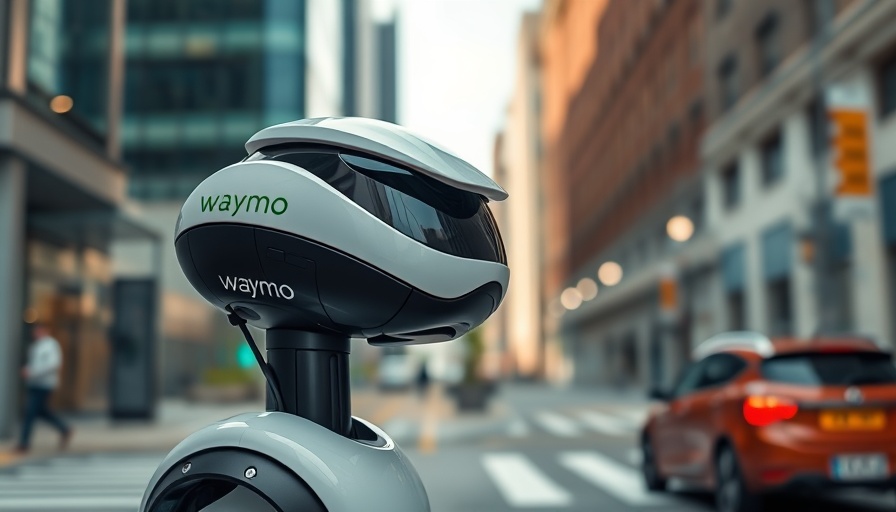
Waymo’s Bold Move: Setting Up Shop in Arizona
Waymo, the self-driving technology leader, is taking another significant step in expanding its services by establishing a new factory in Arizona. This facility is intended to bolster Waymo’s growing fleet of robotaxis, which have been gaining traction in urban areas across the United States. The investment in Arizona is part of a broader strategy aimed at scaling operations for their autonomous vehicle services, ensuring they can meet increasing demand and enhance operational capabilities in the tech-driven transport sector.
Why Arizona? The Perfect Testing Ground
Choosing Arizona for this factory isn’t arbitrary. The state has become a haven for testing autonomous vehicles due to its favorable weather and supportive legal framework for self-driving technologies. Waymo has already been conducting successful trials of their robotaxi services in cities like Phoenix, where residents can hail rides via their app. Arizona's open roads and less congested traffic patterns provide an optimal environment for refining their technology and scaling operations.
Emerging Trends in Autonomous Vehicle Technology
The growth of Waymo’s factory aligns with current trends in robotics innovations and the increased integration of artificial intelligence in transportation. As vehicle autonomy becomes more sophisticated, cities are witnessing a shift towards shared mobility solutions. This transition indicates a potential decrease in personal car ownership and an increase in the usage of ride-sharing services that leverage AI and robotics.
What This Means for the Future of Transportation
Waymo’s expansion has implications beyond greater service availability. It suggests a future where cities could be less polluted and safer as traffic becomes more efficient with autonomous vehicles taking to the streets. Experts predict that by 2025, a significant proportion of urban transport will rely on smart technology, reducing human error crashes and improving overall road safety. As society embraces this change, understanding how such advancements can reshape urban landscapes becomes increasingly vital.
Challenges Ahead: Navigating Industry Obstacles
Despite the promising horizon for robotaxis, challenges loom large. Regulatory hurdles, public skepticism, and technical obstacles related to software reliability continue to pose risks to the rapid deployment of autonomous vehicles. Waymo and similar companies must address public safety concerns and demonstrate the reliability of their technology. Consumer adoption largely hinges on public confidence that autonomous vehicles can safely operate in complex urban environments.
A Deeper Look: Historical Context of Robotaxis
The push for vehicle autonomy has evolved significantly over the past decade, from experimental projects to real-world applications. Companies like Waymo have pioneered various technological breakthroughs, making AI integration not just a buzzword but a fundamental component of modern transportation. As the world looks toward the next wave of tech advances, understanding the background and trajectory of robotics in the transport sector highlights the potential for societal transformation.
Impact on Local Economy and Job Market
The establishment of Waymo’s factory is also important for the local economy in Arizona. Many tech jobs will be generated directly, while indirect impacts on local suppliers and service providers can bolster economic growth. This investment signals to other tech companies that Arizona is an ideal location for innovation-driven businesses, potentially leading to a surge in startups and new investments.
Conclusion: The Road Ahead for Robotic Innovations
As Waymo moves forward with its plans, it sets a precedent for other companies in the transportation and tech sectors. The focus on developing a robust infrastructure for autonomous vehicles not only addresses immediate business needs but also contributes to the vision of a tech-driven, sustainable future. For those closely following tech news today, Waymo's advancements represent not just a leap for the company but also a significant milestone in the convergence of urban mobility and artificial intelligence. This journey lays the groundwork for future technology trends that will transform how we interact with transportation.
 Add Row
Add Row  Add
Add 




 Add Row
Add Row  Add
Add 

Write A Comment